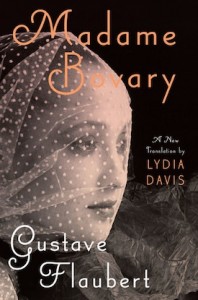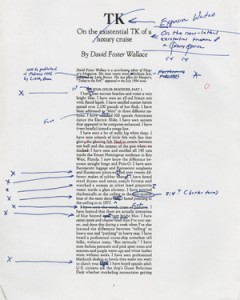Read more and get your free pass at http://tinyurl.com/2dbzfel
Dance in order to explain your research? Yes, why not?
Here’s an idea:Â See if your English instructor or your Speech / Communications instructor would allow you to dance in order to explain your research.
You see the American Association for the Advancement of Science has put on the third annual Dance Your Ph.D. competition wherein a Ph.D thesis is explained with a dance routine.
Here is one of the finalists.  Enjoy.
Selection of a DNA aptamer for homocysteine using SELEX by Maureen McKeague
(found via Boing Boing)
Why we need (yet another) new translation of Madame Bovary
Lydia Davis, whose new translation of Madame Bovary comes out September 23, blogs at The Paris Review Daily about why we need yet another translation of Flaubert.
(via The Millions)
David Foster Wallace’s archive, at the Ransom Center at the University of Texas in Austin, is now open to researchers.
David Foster Wallace’s archive, at the Ransom Center at the University of Texas in Austin, is now open to researchers.
So, if you can’t make it to Austin, TX, you can at least visit it online.
The risks of using Wikipedia as a source
If you use Wikipedia, please be aware that there are risks to using it as a source (not even counting the risk of upsetting your teacher, who requested that you use it sparingly, if you use it at all).
So says science Journalist Steve Silberman, by way of Rafe Colburn of r3c.org
If you’re curious about the historical context for the TV series The Pillars of the Earth, Wikipedia is an outstanding resource. On the other hand, if you’re writing a news story about outbreaks of infections caused by drug-resistant bacteria in hospitals, you shouldn’t rely on what you read in Wikipedia. Science journalist Steve Silberman writes about how spurious information sourced from Wikipedia is pervasive in stories about acinetobacter, and why that bad information could cost people their lives.


